Urban Renewal as an Economic and Social Catalyst: The Conversion and Development Efforts of Former Military Bases in the Philippines

20 January 2017

3.15pm – 5.00pm. Registration from 3.00pm, seated by 3.15pm

URA Function Hall
Resources
Lecture Poster (PDF: 227KB)
Lecture Report (PDF: 1.0MB)
Lecture Transcript (PDF: 369KB)
Lecture Video & Photos
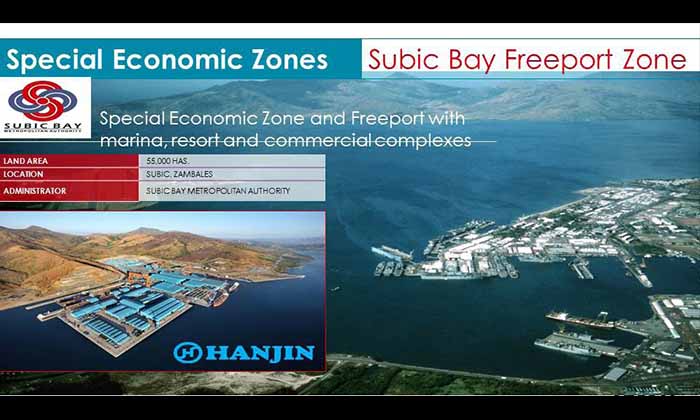 Source: AECOM
Source: AECOM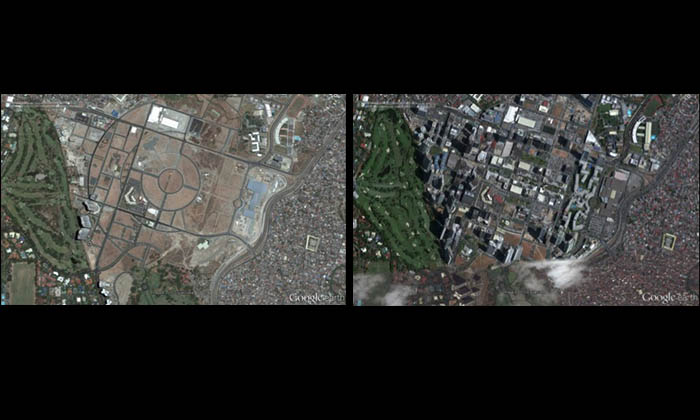 Before and after satellite images of Fort Bonifacio, from 2001 to 2015. Source: Google Earth
Before and after satellite images of Fort Bonifacio, from 2001 to 2015. Source: Google Earth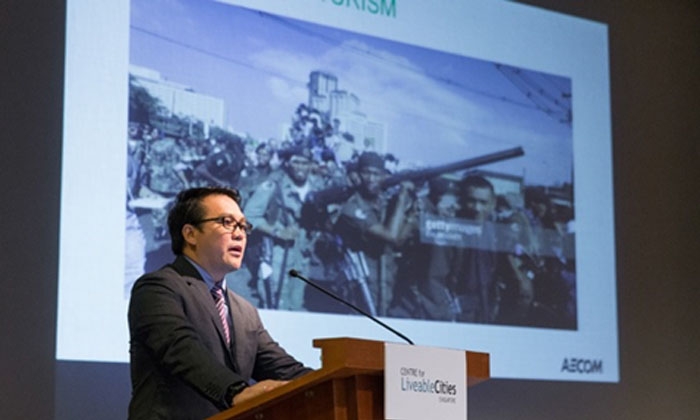 Source: CLC
Source: CLC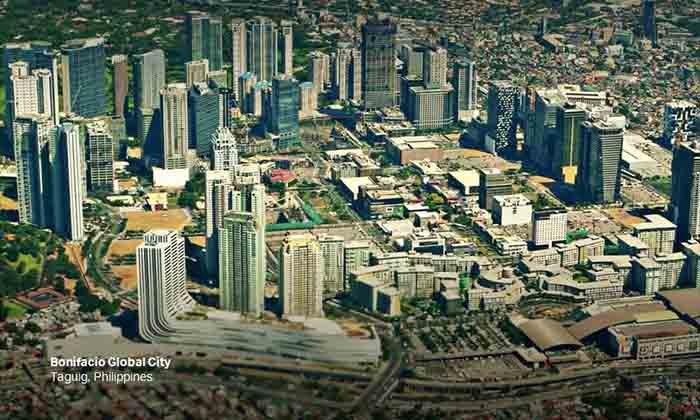 Source: AECOM
Source: AECOM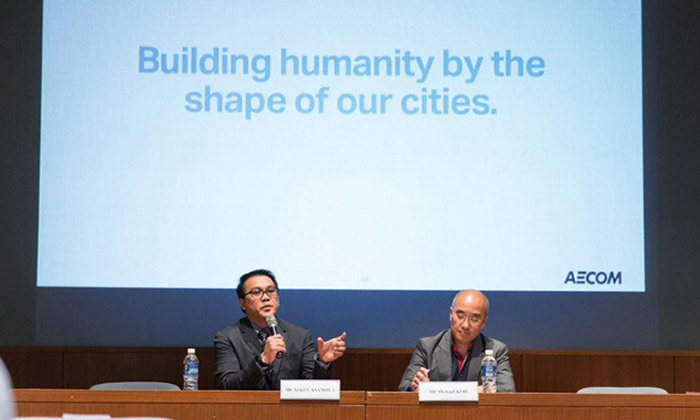 Source: CLC
Source: CLC
Synopsis
Utility spaces such as military facilities, water treatment plants and power stations serve a specific need at a period of time. As some of these spaces are superseded by newer technologies and are relocated, they offer great opportunity to be transformed and repurposed into usable social and economic drivers within the community. Mr Arnel Casanova will be sharing his experiences in transforming former military bases and properties into premier centres that have catalysed the economy. These developments, such as Clark Green City and Bonifacio Global City, are master-planned developments that incorporated principles of sustainable developments, walkability and urban greenery. He will also discuss how economic development can be used as a tool for peace and security in the context of urban development and advent of megacities.
Lecture Report
A Green City Rising From the Ashes
The first is the 9,500-hectare Clark Green City. Located in central Luzon, this site housed what was once the largest overseas US naval base.
The US base was closed in 1992, after the devastating Mount Pinatubo volcanic earthquake. The land was then transformed into the Subic Bay Freeport Zone by the government, with ongoing developments to complete the country’s first smart, green, disaster-resilient metropolis.
“It was an argument before that it was a very bad idea to let go of the US military because they were actually providing employment to 7,000 Filipinos, who at the time were directly affected by the Mt. Pinatubo eruption,”
said Mr Casanova, who is now Senior Advisor for the Office of the Vice President of the Republic of the Philippines.
“But now we’ve proven that it was actually a good decision because it has created 5,000 jobs, and this is increasing. BPOs [business process outsourcing] are now moving here, because of the increase in rental in Manila. We have established schools … and even manufacturing.”
Clark will also serve as a back-up facility for the government, he added. Fibre optic lines and data centres are being installed, with building roofs designed to withstand typhoons up to 276 kilometre per hour.
Bonifacio: Miliary Headquarters to Thriving City
Another master-planned development is Bonifacio Global City, located southeast of Metro Manila. Previously
called Fort Bonifacio where the Philippine Army was headquartered, the city began its transformation in the
1990s, incorporating principles of sustainable expansion, walkability and urban greenery.
“Our economy was suffering from bankruptcy because of plunder, disaster and political instability,” said Mr
Casanova, referring to the country’s former dictatorship, coups and destructive earthquakes.
“So we needed immediate cash to raise capital to
rehabilitate infrastructure. And to do that, we looked at
Fort Bonifacio, which is located just beside Makati business
district — to be privatised to a [private-public partnership]
and to raise funds, which we did by tendering and forming
a special vehicle in transferring the ownership of land.”
The investment was hit by the 1997 Asian financial crisis, and
development stalled until a new partner was brought in in 2001. Now
Bonifacio employs 40,000 people, and has achieved a 50% built-up
development. Real estate is growing at 6–7% year-on-year, and this
demand is expected to continue.
The developer (Base Conversion and Development Authority) manages
the sale of inventory to avoid real estate speculation. “We are not
simply looking at what the market demands,” Mr Casanova added.
“That’s why our first investment is in schools. So if you
educate and you develop your human capital, you will create
your own opportunity. We should not be afraid of losing
jobs, when we can create our own jobs, right? And that will
drive innovation.”
This report first appeared in the
Feb 2017 Better Cities newsletter.
About the Speakers
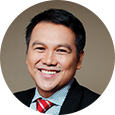
SPEAKER
Arnel Casanova
Senior Advisor
Office of the Vice President of the Republic of the Philippines;
Country Representative, AECOM Philippines;
Former President and CEO
Philippines’ Base Conversion and Development Authority (BCDA)
Mr Casanova has diverse expertise focusing on public-private partnerships, real property development,
urban planning, security, and peace negotiations and mediation. As the President of BCDA, he led the
development of the 9,500 hectare Clark Green City, Philippines’ first and only smart, green, disasterresilient
metropolis. He also took major leadership roles in numerous major property development
projects and public-private partnerships that have established vibrant economic districts such as the
600 hectare Bonifacio Global City in Metro Manila and the Philippine’s longest and most modern 94
kilometre tollway, the Subic-Clark-Tarlac Expressway (SCTEX). Mr Casanova is currently teaching in
the College of Law of the University of the Philippines and the Faculty for Social Entrepreneurship in
Ateneo de Manila University.
MODERATOR
Michael Koh
Michael was previously the Head of Projects and Design at SC Global, a property developer in
Singapore, overseeing both overseas and in-country development projects. Prior to SC Global,
Michael has 25 years of experience in the public service including 7 years as CEO of the National
Heritage Board and 4 years concurrently as CEO of the National Art Gallery. He was also the
former Director of Urban Planning & Design at the Urban Redevelopment Authority where he
spearheaded the planning and urban design of the new mixed use Downtown at Marina Bay,
revitalisation of Orchard Road as a shopping street and creation of an arts and entertainment
district at Bras Basah Bugis.